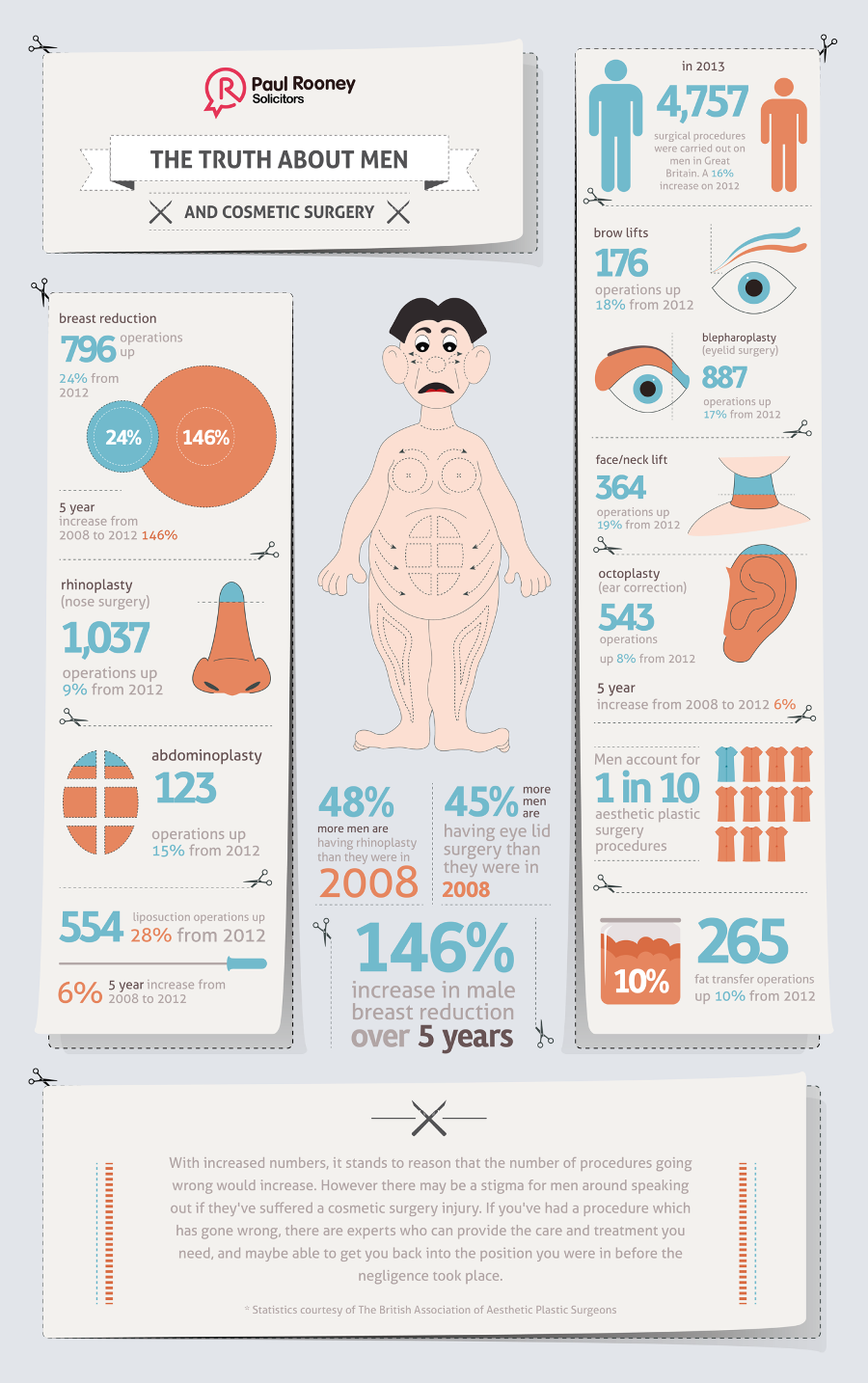Low Dose Isotretinoin Pros And Cons
Low Dose Isotretinoin Pros And Cons
Blog Article
Hormone Acne - What is Hormonal Acne?
Hormonal acne is identified by clogged up pores and oily skin that commonly appears on the chin and jawline. It occurs when hormone modifications set off inflammation and microbial overgrowth within hair follicles.
Outbreaks might look like whiteheads, blackheads, papules or pustules and cysts or blemishes in more severe situations. It is much more typical in teenagers experiencing the age of puberty yet can affect adults of any age.
What Causes Hormonal Acne?
While acne can be caused by a variety of elements, including utilizing hair and skin treatment items that aren't oil-free or made with components that might obstruct pores, hereditary proneness, diet regimen,2 and stress and anxiety, the origin is fluctuating hormones. Hormone acne takes place when the body experiences hormone adjustments and variations that lead to an overflow of sebum, which creates swelling, raised development of microorganisms and adjustments in skin cell task.
Hormone acne is commonly located on the reduced jawline, cheeks and neck however can appear anywhere on the body. It is defined by acnes that are cystic, uncomfortable and full of pus or other material. It is also more likely to occur in females than males, specifically throughout the age of puberty, the menstruation, pregnancy or menopause.
Age
While many kids experience acne at some point throughout the age of puberty, it can remain to pester adults well into adulthood. Known as hormonal acne, this kind of outbreak is connected to changes in hormones and is typically most usual in females.
Hormone acne happens when oil glands produce too much sebum, which obstructs pores and catches dead skin cells. This causes the formation of blemishes, such as whiteheads, blackheads and papules, pustules, cysts or blemishes, deep under the surface area.
This kind of acne frequently causes discomfort, soreness and swelling. It may also be intermittent and show up around the exact same time each month, read more such as right before your duration begins. This is since levels of women hormonal agents like progesterone and oestrogen vary with each menstrual cycle.
Menstruation
Hormone acne generally appears in the reduced part of your face, along the jawline and cheeks, as whiteheads, blackheads or inflammatory acnes (pimples and cysts). It's more than likely to show up around the time when your menstrual cycle adjustments.
Particularly around ovulation, when estrogen and progesterone levels get on the surge, hormone fluctuations can create breakouts. But it's additionally possible to obtain acne at any kind of point during your 28-day menstruation.
If you discover that your hormone acne flare right before your duration, try noticing when specifically this occurs and see if it relates to the stages of your 28-day menstrual cycle. This will assist you pinpoint the origin of your skin difficulties. For example, you might wish to work with stabilizing your blood sugar and removing high-sugar foods, or think about a prescription medication like spironolactone that can manage your hormones.
Maternity
Growing a baby is a time of remarkable hormonal adjustments. For numerous females, this consists of a flare-up of hormonal acne. This kind of breakout commonly begins in the initial trimester, around week six. It's caused by hormonal agent surges that boost sebaceous glands to make even more oil, which can clog pores and create more microorganisms to develop.
Outbreaks may additionally occur as a result of pre-existing problems like polycystic ovary syndrome, which can additionally be a problem while pregnant and menopause. Likewise, some types of contraceptive pill (such as Ortho Tri-Cyclen and YAZ) can set off hormone acne in some women.
The good news is, a lot of acne therapies are "no-go" for expecting females (including preferred acne-fighting components such as isotretinoin and spironolactone). Yet if you can't prevent those annoying bumps, your physician may recommend dental erythromycin or cephalexin, which are risk-free while pregnant.
Menopause
As women come close to menopause, the estrogen levels that triggered their hormonal agent acne to flare up throughout puberty begin to maintain and decrease. At the same time, nonetheless, a spike in androgens (also referred to as male hormonal agents) occurs due to the fact that these hormones can't be exchanged estrogen as efficiently as in the past.
The excess of androgens can set off oil manufacturing by the sebaceous glands, which blocks pores. When the clogged up pores ended up being swollen and irritated, an acne kinds.
Hormonal acne is usually seen on the face, specifically around the chin and jawline, but it can happen on the neck, back, shoulders, or upper body. This type of acne has a tendency to flare in a cyclical pattern, similar to the menstruation. Stress, which enhances cortisol and tosses hormones out of balance, likewise adds to the outbreaks.